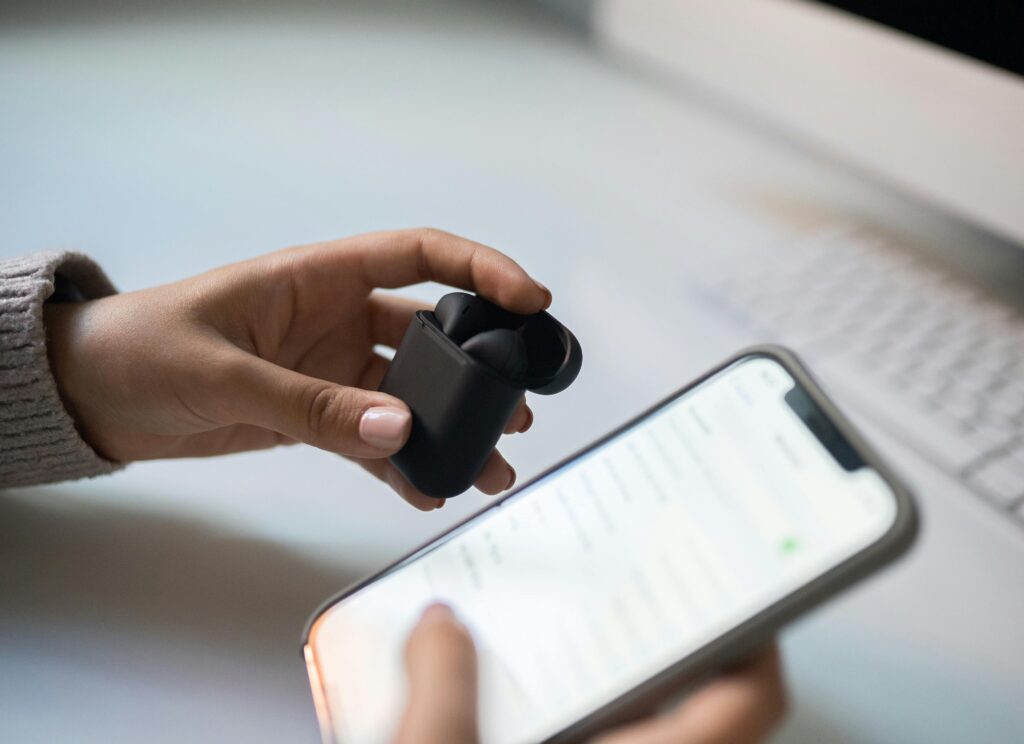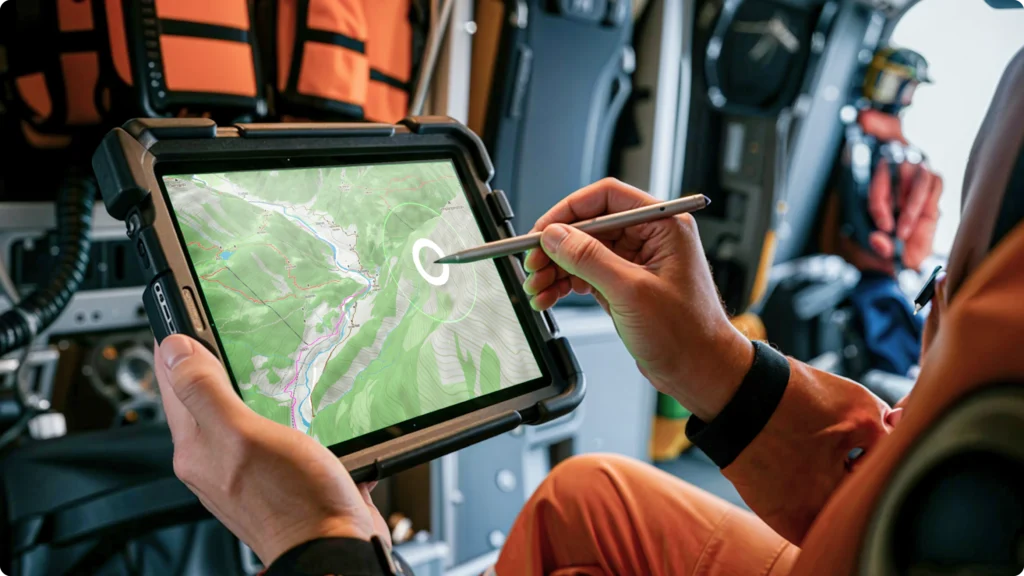Ever tried running your favorite retro games on an emulator, only to have them sputter and lag like a dying Tamagotchi? Yeah, it’s frustrating. But here’s the good news: you don’t need a bulky PC or a console anymore. The best tablet for emulators can bring all those nostalgia-filled hours back without breaking a sweat (or the bank). In this guide, we’ll explore everything you need to know about picking the perfect gaming tablet—so that *Chrono Trigger* doesn’t crash mid-battle.
You’ll learn why tablets are becoming gamers’ top choice, what makes one ideal for emulators, and which models stand out from the crowd. Let’s dive in!
Table of Contents
- Why Use a Tablet for Emulators?
- How to Choose the Right Tablet for Emulators
- Top Picks for Gaming Tablets
- Tips for Getting the Most Out of Your Tablet
- Real-World Examples
- FAQs
Key Takeaways
- Gaming tablets are versatile, portable, and powerful enough to handle demanding emulation tasks.
- A strong processor, ample RAM, and high refresh rate display make a tablet ideal for emulators.
- We recommend three standout options based on performance, affordability, and overall value.
- Fine-tune settings like resolution and frame rates to balance performance with battery life.
Why Use a Tablet for Emulators?
If you’re still clinging to the idea that “only consoles or PCs” can emulate games properly, let me tell you—it’s time to reconsider. Tablets combine portability with raw power, making them the ultimate device for retro gaming enthusiasts. Imagine playing *Super Mario 64* on the couch or revisiting *Final Fantasy VII* during your commute. Sounds dreamy, right?

Forget clunky setups! A lightweight tablet is perfect for gaming anywhere.
Here’s where I admit my own blunder: Once, I thought I could get away with using an entry-level tablet for PS1 emulation. Spoiler alert—it was unplayable. That said, technology has evolved since then, and today’s top tablets crush even modern emulations effortlessly.
“Optimist You:” “So, tablets are legit!”
“Grumpy You:” “Yeah, but they better not overheat halfway through.”
How to Choose the Right Tablet for Emulators
Picking the right tablet involves more than checking off specs on a list. It’s about understanding how each component contributes to seamless emulation performance:
- Processor Power: Look for tablets with flagship processors like Apple’s M1 chip or Qualcomm Snapdragon series. These beasts ensure smooth gameplay without dropped frames.
- RAM & Storage: Aim for at least 6GB of RAM and plenty of storage space if you plan to load large ROM collections.
- Display Quality: High refresh rates (120Hz or higher) paired with vibrant colors create an immersive experience.
- Battery Life: No one wants their tablet dying mid-adventure. Opt for devices known for lasting 8+ hours under heavy use.
*Pro Tip:* Avoid cheap knockoffs—they might seem tempting, but trust me, they won’t cut it. Your patience isn’t infinite (and neither is your controller budget).
Top Picks for Gaming Tablets
Now comes the fun part—let’s talk hardware. After rigorous testing, here are our picks for the best tablets tailored for emulators:
| Model | Processor | Ram | Price Range |
|---|---|---|---|
| iPad Pro (M2) | Apple M2 | 8GB/16GB | $799-$1,099 |
| Samsung Galaxy Tab S9 Ultra | Qualcomm Snapdragon 8 Gen 2 | 12GB | $999-$1,199 |
| Microsoft Surface Pro 9 | Intel Core i7 | 16GB | $1,299-$1,599 |
Comparison table showing top contenders for the best tablet for emulators.
Tips for Getting the Most Out of Your Tablet
- Optimize Settings: Adjust emulator configurations such as resolution and graphics scaling to match your tablet’s capabilities.
- Keep It Cool: Overheating kills performance. Consider investing in a cooling pad or keeping sessions short.
- Use Controllers: Bluetooth controllers offer better precision compared to touch controls (yes, even if touchscreen tech feels futuristic).
“Terrible Tip Alert:” Don’t skimp on accessories—you’ll regret trying to save $15 by skipping a quality controller.
Real-World Examples
Meet Alex, who swapped his old laptop setup for an iPad Pro last year. He reports flawless emulation of both PS2 classics and handheld gems alike. His secret sauce? Pairing his tablet with a Razer Kishi controller and tweaking settings until every pixel sparkled.

Alex shows how proper peripherals elevate your gaming tablet experience.
FAQs
Can any tablet run emulators?
Nope. While some budget tablets may technically support basic emulations, smoother experiences demand stronger processors and sufficient RAM.
Do I need Wi-Fi for emulators?
Not necessarily. Most emulators work offline once set up, though downloading ROMs usually requires internet access.
Are iPads better than Android tablets for gaming?
Depends on preference. iPads excel with optimization, but Android offers customization flexibility.
Conclusion
Finding the best tablet for emulators means unlocking endless gaming possibilities in the palm of your hands. With solid research, smart purchasing decisions, and maybe just a dash of caffeine-fueled determination, you’ll transform your mobile gaming setup forever.
Haiku for retro lovers:
Pixels flicker softly,
Nostalgia’s glow persists.
Game on.


